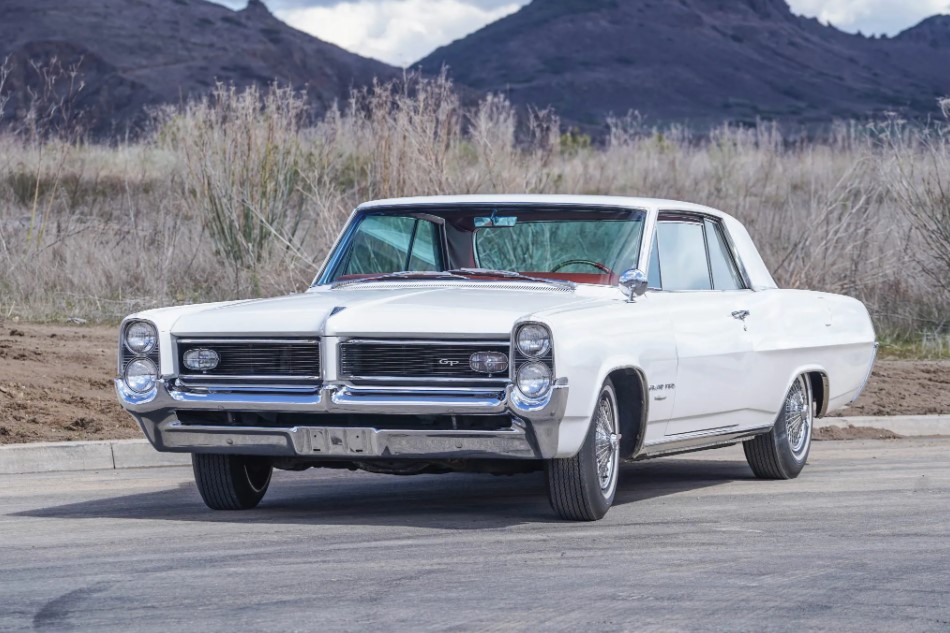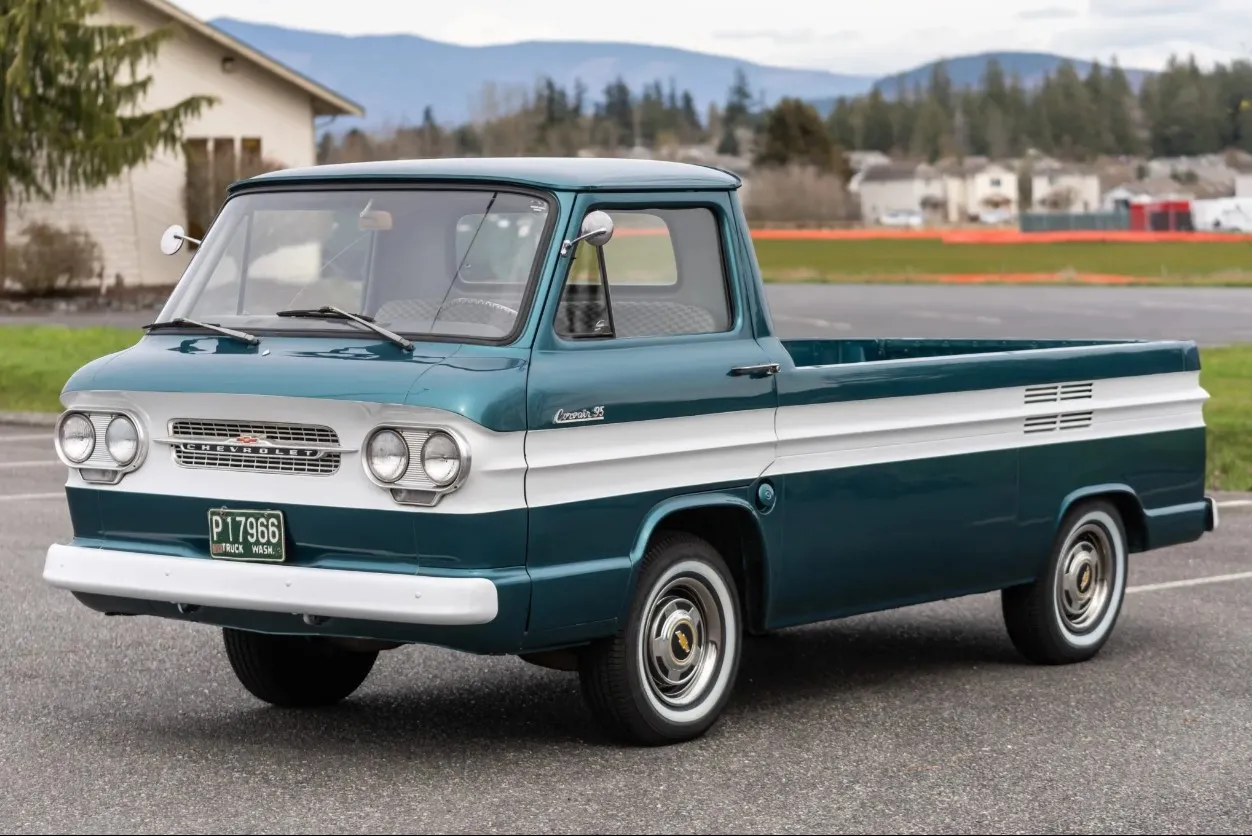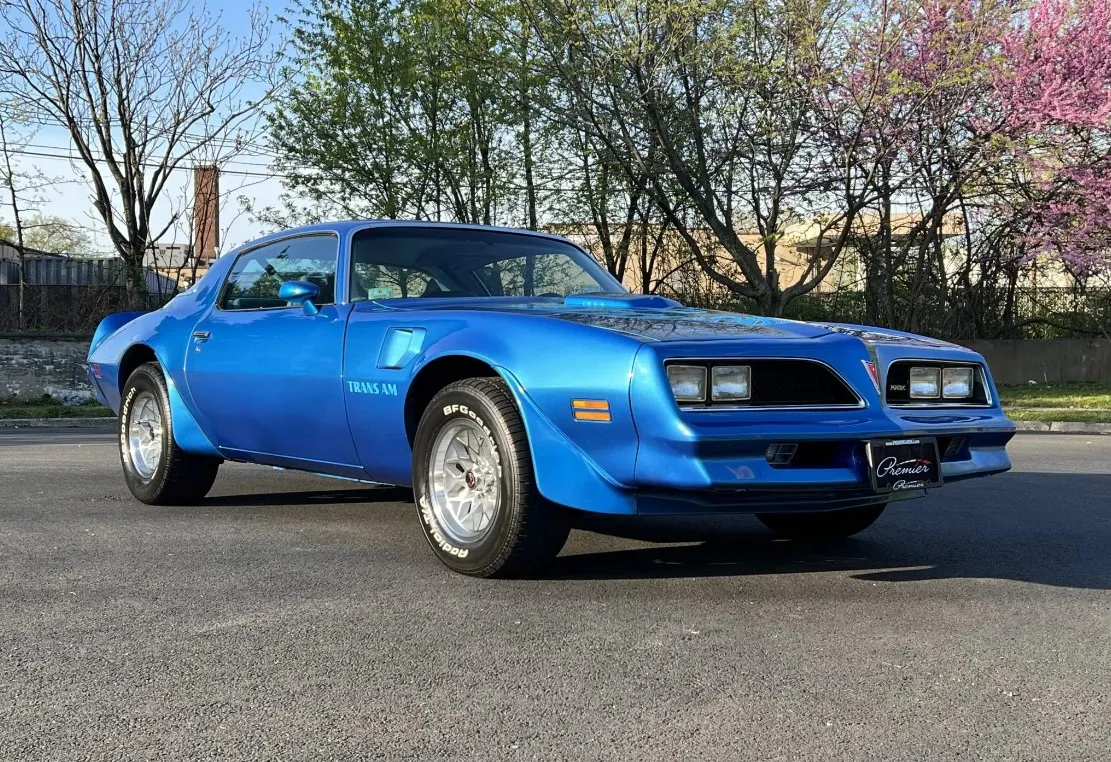In the early 1960s, the American automotive landscape was about to experience a seismic shift. On April 17, 1964, the world was introduced to the 1964 Ford Mustang, a car that would go on to become an icon of American automotive history. With its groundbreaking design, affordable price tag, and the promise of sporty performance, the Mustang captured the hearts of car enthusiasts and forever changed the automotive industry. In this 3000-word article, we'll take a journey back in time to explore the history, design, features, and enduring legacy of the 1964 Ford Mustang.
The Birth of a Legend
The Ford Mustang was first introduced to the public on April 17, 1964, at the New York World's Fair. The brainchild of Ford executive Lee Iacocca and his team, the Mustang was envisioned as a new kind of car for a new generation of drivers. They wanted to create a vehicle that was sporty, affordable, and customizable, appealing to the growing youth market.
Exterior Design
The 1964 Mustang's design was a departure from the large, bulky American cars of the early 1960s. It presented a more compact, sleek silhouette that was both sporty and elegant. The car's front end featured a simple grille with a running horse emblem, flanked by round headlamps. The rear end incorporated three-section taillights, a design feature that would become a signature element in future Mustang models.
The Mustang's long hood and short rear deck gave it a dynamic, forward-leaning stance. The car's side profile was clean, with distinct lines that ran from the front fenders to the rear, adding to the car's sporty appeal. The 1964 Mustang was available in both hardtop and convertible models, providing variety for different preferences and lifestyles.
Interior Design
The interior of the 1964 Mustang was designed with both comfort and sportiness in mind. The cabin featured "wall-to-wall" carpeting, front bucket seats, and a rear bench seat. The dashboard was straightforward and driver-focused, with instruments and controls within easy reach.
The car was also equipped with a floor-mounted shifter, adding to the sporty feel of the interior. The Mustang offered a range of customizable options, including air conditioning, power steering, and a variety of radio choices. This level of customization was relatively new at the time and helped set the Mustang apart from its competitors.
The design of the Mustang was revolutionary. With its long hood, short deck, and sleek lines, it captured the essence of speed and power. The introduction of the 'Pony car' - a category named after the Mustang itself - marked a departure from the large, bulky vehicles that had dominated the 1950s. The car's simple yet stylish design, coupled with its affordability, made it an instant success.
Performance and Power
The 1964 Mustang was more than just a pretty face; it had the power and performance to back up its sporty image. The base model came with a 170-cubic-inch six-cylinder engine, offering 101 horsepower. However, buyers could upgrade to a 260-cubic-inch V8 engine, which provided 164 horsepower, or the top-of-the-line 289-cubic-inch V8, which offered 210 horsepower. With these options, the Mustang could satisfy a wide range of customers, from those looking for an economical daily driver to those seeking a high-performance machine.
The Mustang also offered a host of other options, allowing buyers to customize their car to their liking. From different transmissions and rear axle ratios to various interior, exterior, and safety options, the Mustang could be tailored to the individual's needs and desires. This level of customization was unique at the time and contributed to the car's popularity.
Unprecedented Success
The introduction of the 1964 Ford Mustang marked a momentous occasion in the history of American automobiles. Its unveiling took the country by storm, causing a phenomenon known as "Mustang Mania." The initial sales projections for the Mustang were estimated around 100,000 units for the first year. However, these estimates were vastly surpassed when Ford sold over 22,000 Mustangs on the first day alone.
The demand for the Mustang was so high that Ford had to take extraordinary measures to keep up with the production. Stories of dealerships selling their display models due to lack of stock were common. By the end of the first model year, Ford had sold an astounding 418,812 Mustangs, a single-year sales record that still stands today.
The Mustang's Influence on Popular Culture
The 1964 Mustang was not only a hit in the automotive world but also made a significant impact on popular culture. It quickly became a symbol of freedom, rebellion, and the American dream. Its sleek design and affordable price made it accessible to the masses, and soon, the Mustang was everywhere.
The car was featured on the covers of Time and Newsweek magazines, putting it firmly in the national spotlight. It was also a star on the silver screen, making memorable appearances in films like "Goldfinger" and "Bullitt," where it was driven by cinema legends like Sean Connery and Steve McQueen. These appearances further elevated the Mustang's status as an icon of cool.
The Mustang also made its mark in the music world. Wilson Pickett's soulful hit "Mustang Sally" became an anthem for the car, and the Beach Boys celebrated its performance in "Shut Down." The car became synonymous with the spirit of the 1960s, representing youth, speed, and excitement.
Racing Success
The 1964 Mustang was not just a showroom success; it also made a significant impact on the racetrack. In 1964, the Mustang was the official pace car of the Indianapolis 500, one of the most revered events in American motor racing.
Furthermore, the Mustang entered the world of professional racing with the creation of the Mustang GT350R, a high-performance variant developed by Carroll Shelby, a renowned automotive designer, and racing driver. The GT350R dominated the Sports Car Club of America's (SCCA) B-Production class, winning the championship in 1965, 1966, and 1967. This racing success helped cement the Mustang's reputation as a performance car.
Legacy
Over half a century later, the 1964 Ford Mustang continues to hold a special place in the hearts of car enthusiasts. It represents a pivotal moment in automotive history, a time when cars were not just about transportation but about freedom, individuality, and adventure.
Today, the Mustang continues to be a symbol of American automotive innovation. With each new model, Ford strives to capture the spirit and excitement of the original 1964 Mustang, while incorporating modern technology and design elements. The Mustang's enduring popularity is a testament to its timeless appeal and the lasting legacy of the 1964 model.
In conclusion, the 1964 Ford Mustang is more than just a car; it's an American icon. From its innovative design and powerful performance to its cultural impact and enduring legacy, the Mustang embodies the spirit of American automotive ingenuity. Whether you're a car enthusiast, a history buff, or just someone who appreciates good design, there's no denying the appeal of the 1964 Ford Mustang.



